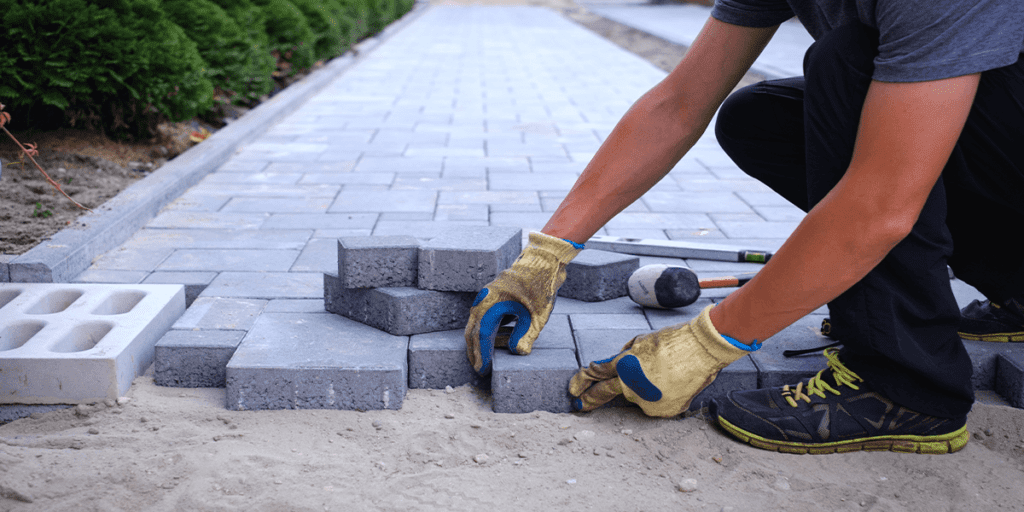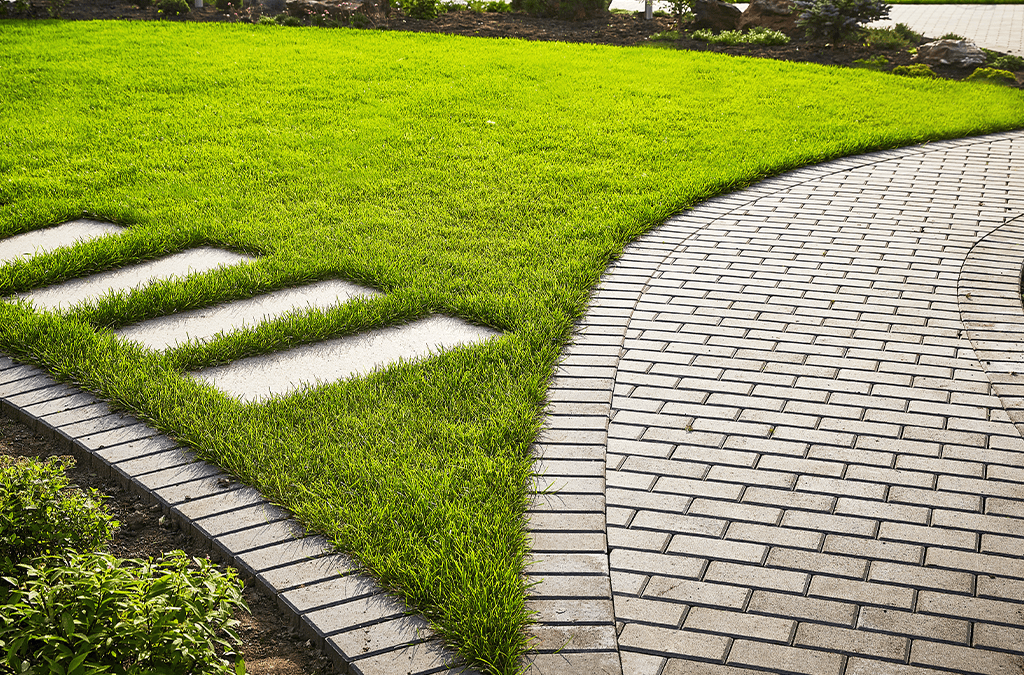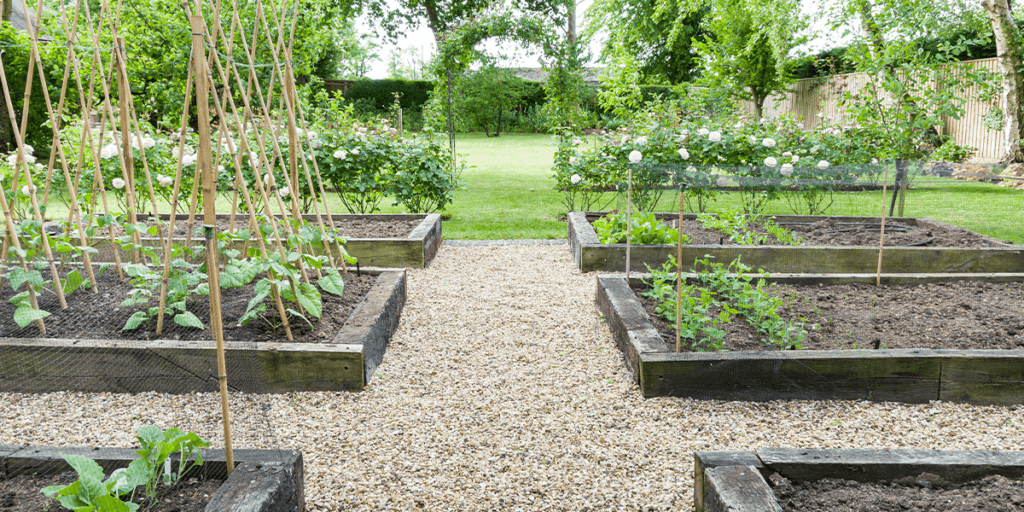Pathways serve many purposes in a garden, from accessibility to dividing your garden into distinct spaces. They’re a practical way to elevate your landscape and range from simple to complex design. We’ll walk you through the pros and cons of each pathway material so that you can choose what is best suited to your landscape design.
Boardwalks
Wooden boardwalks are the most accessible garden pathways to implement in your garden, making them a great option if you want to DIY your landscape design. They’re very customizable, and you can choose whichever finish you’d like—you can even consider using reclaimed wood if you want to be eco-friendly! They take a little bit of maintenance over the years with refinishing and sealing, but with the proper care, they are a great pathway that adds warmth and strong lines to your landscape design.
Gravel
Using stone for garden pathways is a great option to add texture, color, and water drainage to your landscape. Gravel is affordable, does not require leveling or much installation preparation besides edging, and is eco-friendly! Gravel lets water pass through it, preventing runoff and keeping your soil below healthy. Gravel tends to move around a lot and will need regular weed maintenance, but it’s very easy to refresh your pathways every few years with some new gravel. Keep in mind that smaller gravel will be more comfortable to walk on but tends to scatter into the surrounding lawn and garden beds.
Concrete
If you have a modern garden that could use some large color blocking and structure, poured concrete is a great option to achieve those lines. It’s highly accessible to walk on and easy to maintain in the winter. Concrete pathways take a lot of planning and work to install, but it is the longest-lasting option we can recommend. You may wish to hire professionals to install a concrete walkway so that you reduce any risk of misapplication that would cause cracks or issues in the future. If you’re considering a large landscaping project, contact us at Platt Hill Landscaping Solutions for more information.
Natural Stone
Large stones, such as flagstone, are excellent options if you want to create a stepping stone pathway through your garden or if you want to make a patio area in your yard. They are a little pricier than gravel, but you’ll have larger stones with smooth surfaces, making it a bit easier to place fire pits and chairs around. These get slippery when wet, so be careful after watering the garden!
Groundcover Plants
What better option to foster plant growth than using groundcover plants for pathways! Of course, these plants have to be able to spring back and tolerate foot traffic, so it’s essential to choose the right plants. Our favorite pathway groundcover plants that are hardy to Illinois include miniature speedwell, woolly thyme, and creeping phlox.

Pavers
Paver pathways are an easy-to-install option that you can incorporate in various ways to suit your space. Think of it as taking pieces that you can arrange however you’d like into a beautiful pathway! If you want to be eco-conscious in your landscape design, we highly recommend eco-friendly pavers that allow water to pass through them, keeping the soil below the path hydrated and preventing water runoff in your yard. There are many pathway design options that you can choose from, and you can replace one piece at a time if they suffer damage through the winter.
Whether your garden is expansive or cozy, a pathway is sure to elevate your space. If you’re looking for resources or help to create garden pathways near you, visit us at Platt Hill Nursery and Platt Hill Landscaping Solutions. We can help you get the job done whether you want to DIY or hire a professional installation.
Platt Hill Nursery is Chicago’s premier garden center and nursery.



